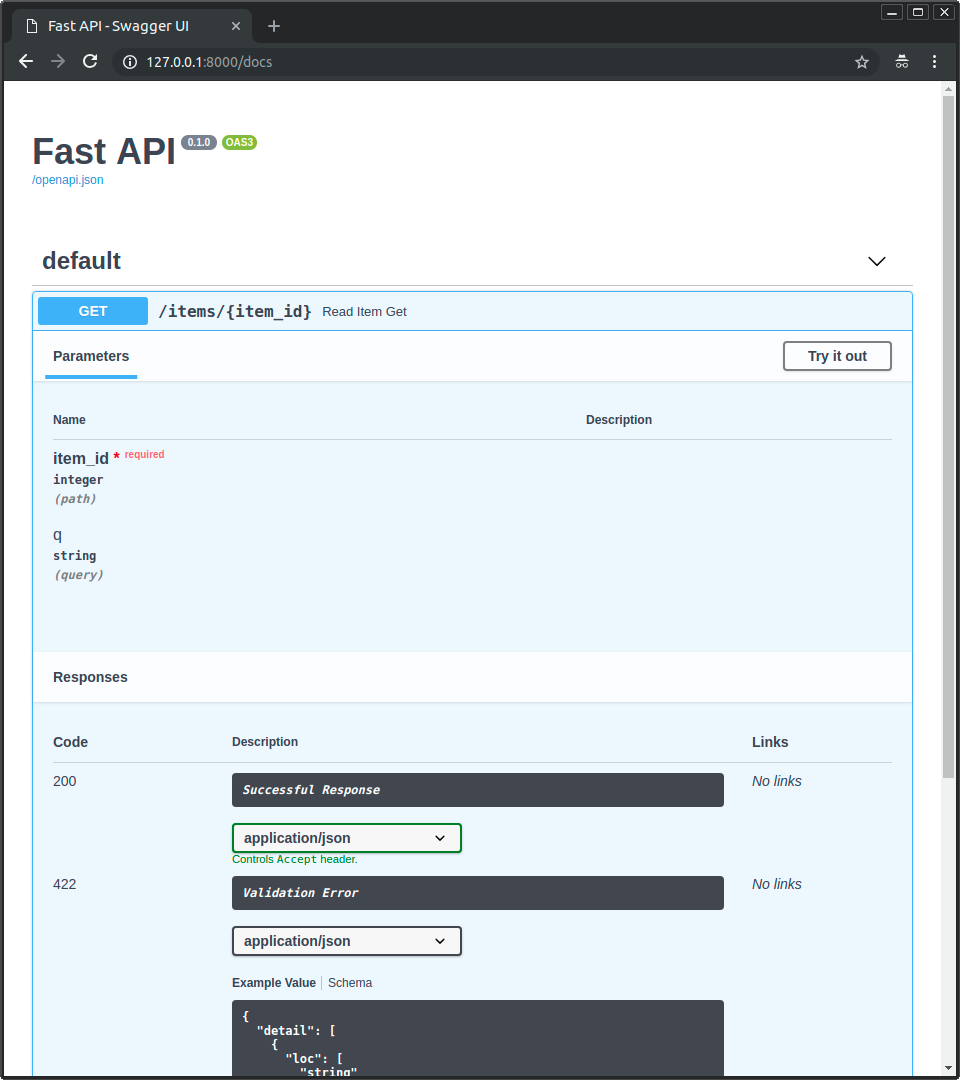- Sort Score
- Result 10 results
- Languages All
Results 471 - 480 of 559 for samples (0.06 sec)
-
docs/fr/docs/async.md
### Autres formes de code asynchrone L'utilisation d'`async` et `await` est relativement nouvelle dans ce langage. Mais cela rend la programmation asynchrone bien plus simple. Cette même syntaxe (ou presque) était aussi incluse dans les versions modernes de Javascript (dans les versions navigateur et NodeJS). Mais avant ça, gérer du code asynchrone était bien plus complexe et difficile.
Registered: Sun Sep 07 07:19:17 UTC 2025 - Last Modified: Sun Aug 31 09:56:21 UTC 2025 - 25.4K bytes - Viewed (0) -
src/test/java/jcifs/smb/FileEntryAdapterIteratorTest.java
return resource; } } @BeforeEach void setUp() { lenient().when(fileEntry.getName()).thenReturn("test"); } @Test @DisplayName("Iterator without filter - simple case") void iteratorWithoutFilter() { // Setup: constructor calls advance() once when(delegate.hasNext()).thenReturn(true, false); when(delegate.next()).thenReturn(fileEntry);Registered: Sun Sep 07 00:10:21 UTC 2025 - Last Modified: Thu Aug 14 07:14:38 UTC 2025 - 10.6K bytes - Viewed (0) -
src/test/java/jcifs/smb/FileEntryTest.java
import org.mockito.InOrder; import org.mockito.Mock; import org.mockito.junit.jupiter.MockitoExtension; @ExtendWith(MockitoExtension.class) class FileEntryTest { @Mock FileEntry mockEntry; // Simple fake implementation to exercise the interface without mocks private static final class TestFileEntry implements FileEntry { private final String name; private final int type;Registered: Sun Sep 07 00:10:21 UTC 2025 - Last Modified: Thu Aug 14 05:31:44 UTC 2025 - 10K bytes - Viewed (0) -
compat/maven-compat/src/test/java/org/apache/maven/AbstractCoreMavenComponentTestCase.java
throws Exception { File localRepoDir = new File(projectBuildingRequest.getLocalRepository().getBasedir()); LocalRepository localRepo = new LocalRepository(localRepoDir, "simple"); RepositorySystemSession session = new MavenSessionBuilderSupplier(repositorySystem) .get() .withLocalRepositories(localRepo) .build();Registered: Sun Sep 07 03:35:12 UTC 2025 - Last Modified: Fri Jan 24 17:29:44 UTC 2025 - 12.1K bytes - Viewed (0) -
src/main/java/jcifs/smb1/smb1/AndXServerMessageBlock.java
* the 'received' member of the response object will not * be set to true indicating the send and sendTransaction * methods that the next part should be sent. This is a * very indirect and simple batching control mechanism. */ if (andx == null || !USE_BATCHING || batchLevel >= getBatchLimit(andx.command)) { andxCommand = (byte) 0xFF; andx = null;
Registered: Sun Sep 07 00:10:21 UTC 2025 - Last Modified: Thu Aug 14 07:14:38 UTC 2025 - 10.9K bytes - Viewed (0) -
fess-crawler/pom.xml
<groupId>org.mortbay.jetty</groupId> <artifactId>jetty</artifactId> <version>6.1.26</version> <scope>test</scope> </dependency> <dependency> <groupId>org.slf4j</groupId> <artifactId>slf4j-simple</artifactId> <version>${slf4j.version}</version> <scope>test</scope> </dependency> <dependency> <groupId>org.apache.ftpserver</groupId> <artifactId>ftpserver-core</artifactId>
Registered: Sun Sep 21 03:50:09 UTC 2025 - Last Modified: Sat Sep 06 04:15:37 UTC 2025 - 11.3K bytes - Viewed (0) -
src/test/java/org/codelibs/fess/it/search/SearchApiTests.java
Registered: Thu Sep 04 12:52:25 UTC 2025 - Last Modified: Thu Aug 07 03:06:29 UTC 2025 - 18.9K bytes - Viewed (0) -
src/main/java/org/codelibs/fess/opensearch/config/cbean/ca/bs/BsFileConfigCA.java
import org.opensearch.search.aggregations.bucket.range.IpRangeAggregationBuilder; import org.opensearch.search.aggregations.bucket.range.RangeAggregationBuilder; import org.opensearch.search.aggregations.bucket.sampler.SamplerAggregationBuilder; import org.opensearch.search.aggregations.bucket.terms.SignificantTermsAggregationBuilder; import org.opensearch.search.aggregations.bucket.terms.TermsAggregationBuilder;
Registered: Thu Sep 04 12:52:25 UTC 2025 - Last Modified: Sat Mar 15 06:53:53 UTC 2025 - 144.7K bytes - Viewed (0) -
docs/it/docs/index.md
Vedrai la documentazione interattiva dell'API (offerta da <a href="https://github.com/swagger-api/swagger-ui" class="external-link" target="_blank">Swagger UI</a>):  ### Documentazione interattiva alternativa Adesso accedi all'url <a href="http://127.0.0.1:8000/redoc" class="external-link" target="_blank">http://127.0.0.1:8000/redoc</a>.
Registered: Sun Sep 07 07:19:17 UTC 2025 - Last Modified: Sun Aug 31 10:49:48 UTC 2025 - 19.5K bytes - Viewed (0) -
docs/de/docs/index.md
Registered: Sun Sep 07 07:19:17 UTC 2025 - Last Modified: Sun Aug 31 10:49:48 UTC 2025 - 21.1K bytes - Viewed (0)